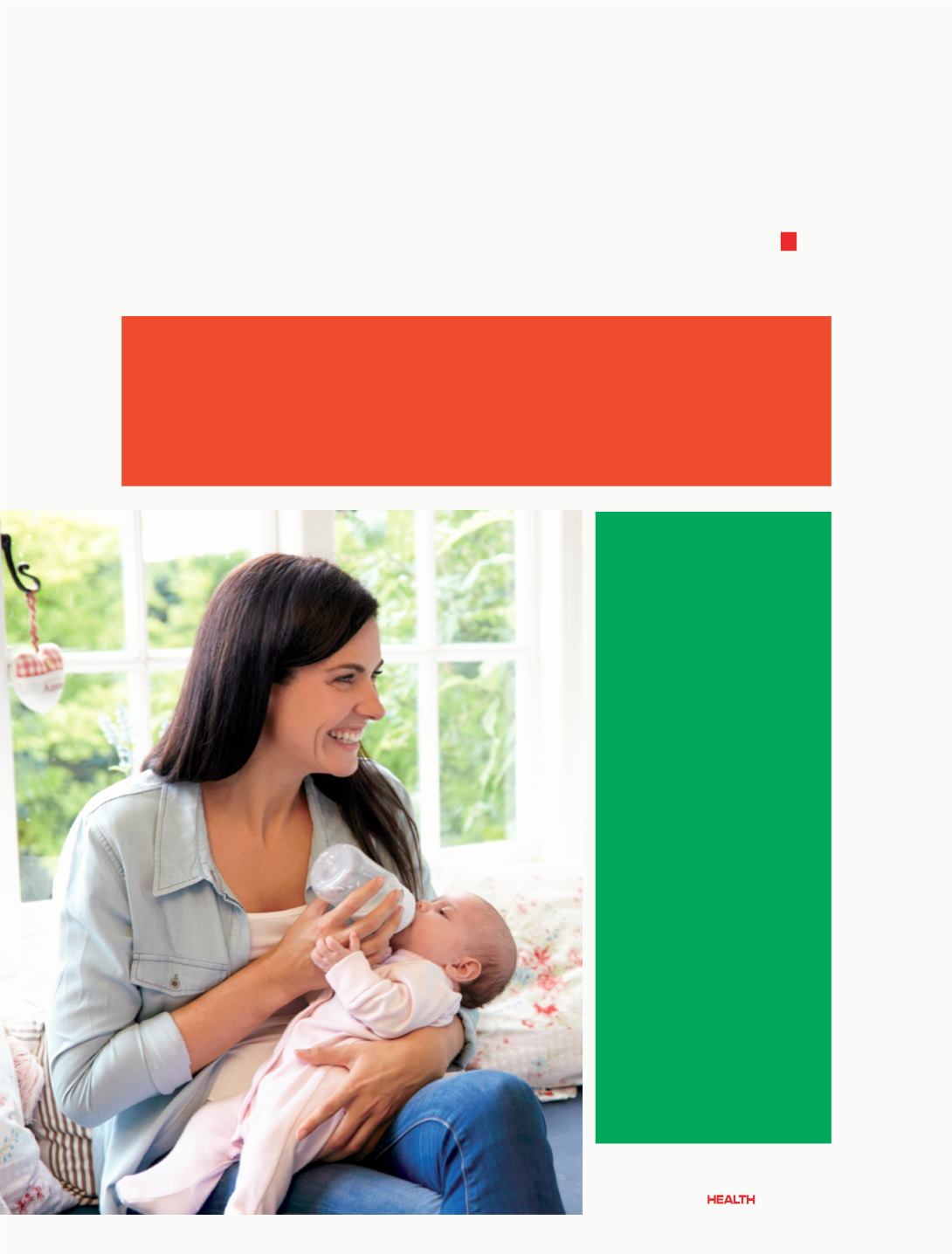

H
Risks
Generally the risk increases
after the age of 40, says Dr. Iyer
and these risks include genetic
disorders, stillbirths, miscarriages,
diabetes, high blood pressure, and
genetic disorders such as Down’s
syndrome, Edwards syndrome
or Patau syndrome. “Each year
after age 35, the mother’s risks for
each of these increases even more.
In fact statistics show that for a
40-year-old woman, the chances of
giving birth to a baby with Down’s
Syndrome is nine times higher
than for 30 year old woman.
Gestational diabetes is also two
to three times more common
in women over age 40 than in
younger women, and recent
studies, indicates Dr. Iyer, show
the risk is even higher if the
woman has gained weight over the
years.
“Also the chance of having a
Cesarean section is about twice
as high for women ages 35 to 39
than for those in their 20s, possibly
because labor tends to take longer
in older women,” she says.
Advantages
Probably the greatest advantage of waiting to have children in your 40s, is that the couple is
usually emotionally and financially ready for them. “The husband and wife have enough time to
know each other in all sorts of circumstances which will provide a solid foundation for raising a
family,” she says and also as an older mom, they will be in a good position to make wise parenting
decisions. They feel pretty confident about child-rearing and more often understand the benefits
of breast feeding.
Advanced
Maternal Age
At this stage of
pregnancy, there will be
specialized tests offered
such as Amniocentesis,
Chorionic Villus Sampling
(CVS), Maternal Serum
Screening (MSS), and
Nuchal Translucency (NT)
Screening. Also Maternal
Serum Screen can give
approximate idea of the
risk for Down’s syndrome,
Edwards syndrome or
Patau syndrome. There is
another small but serious
risk to the babies dying in
-utero and this increased
risk cannot be explained
by complications in
the pregnancy or other
illnesses alone. There is
also a marked pattern of
increased intervention
with the increasing age
of the mother such as
induced labor, delivery
of baby by forceps,
vacuum or by Cesarean.
69
Mar/Apr 2015

















